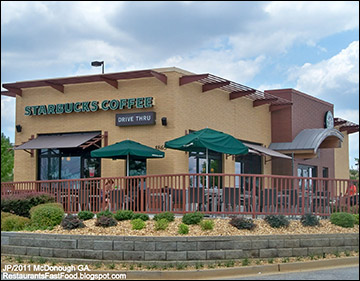Stephanie Mencimer
Mother Jones
April 23, 2014
 As the fight to raise the minimum wage has gained momentum, the restaurant industry has emerged as the biggest opponent. This is no surprise, since the industry claims the highest percentage of low-wage workers—60 percent—of any other business sector. Front-line fast-food workers earn so little money that about half of them rely on some form of public assistance, to the tune of about $7 billion a year. That hidden subsidy has helped boost restaurant industry profits to record highs. In 2013, the industry reaped $660 billion in profits, and it in turn channeled millions into backing efforts to block local governments from raising pay for low-wage workers and to keep the minimum wage for tipped workers at $2.13 an hour (exactly where it’s been for the past 22 years). But public assistance programs aren’t the only way taxpayers subsidize the restaurant industry.
As the fight to raise the minimum wage has gained momentum, the restaurant industry has emerged as the biggest opponent. This is no surprise, since the industry claims the highest percentage of low-wage workers—60 percent—of any other business sector. Front-line fast-food workers earn so little money that about half of them rely on some form of public assistance, to the tune of about $7 billion a year. That hidden subsidy has helped boost restaurant industry profits to record highs. In 2013, the industry reaped $660 billion in profits, and it in turn channeled millions into backing efforts to block local governments from raising pay for low-wage workers and to keep the minimum wage for tipped workers at $2.13 an hour (exactly where it’s been for the past 22 years). But public assistance programs aren’t the only way taxpayers subsidize the restaurant industry.
A new report from the Institute for Policy Studies finds that the public has been contributing to excessive CEO compensation as well, helping to widen the gap between the lowest-paid workers and their bosses. Thanks to a loophole in the tax code, corporations are allowed to deduct unlimited amounts of money from their tax bills for executive compensation, so long as it comes in the form of stock options or “performance pay.” The loophole was the inadvertent result of an attempt by Congress to rein in CEO compensation by limiting the tax deduction for executive pay to $1 million a year. That law exempted pay that came in the form of stock options or performance pay. This loophole has proven lucrative for CEOs of all stripes, but it is particularly egregious in an industry that pays its workers so little that it is already heavily subsidized by taxpayers.
The Emergency Election Sale is now live! Get 30% to 60% off our most popular products today!


